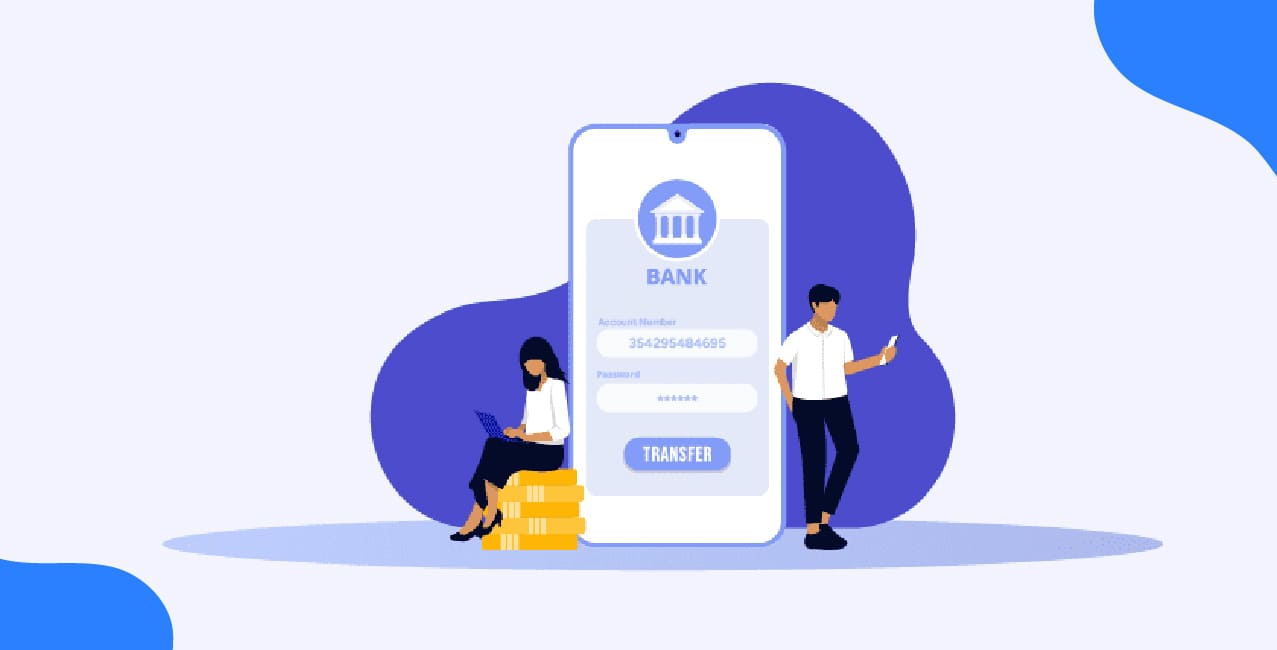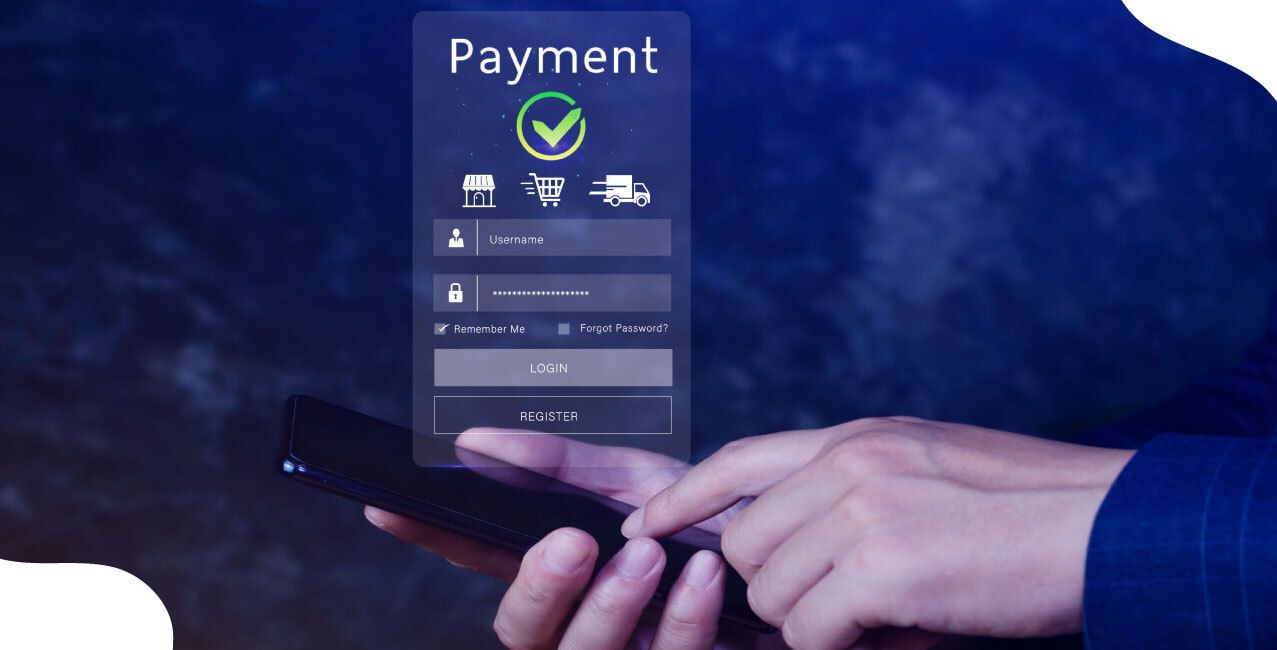
Author
LoansJagat Team
Read Time
5 Min
23 May 2025
The Rise of Digital Banks in India – Are Traditional Banks Dying?
What if your bank never had a branch? Imagine opening a bank account in under 5 minutes—no paperwork, no waiting—just your phone and a few taps. Sounds too futuristic? Not in India. The way people handle money is changing fast, and digital banks are right in the middle of it.
Now, this doesn’t mean traditional banks are dead. But let’s just say they are not the only option anymore.
India’s Digital Banking Revolution: What’s Going On?
Digital banking in India is real, fast, and everywhere. Just look around. Your neighbourhood chaiwala uses UPI. The local Kirana store accepts QR payments. People don’t queue outside banks. They scroll.
Here’s the first clue: In 2024, India saw over 208.5 billion UPI transactions. That’s ₹208.5 lakh crore in digital money movement. It’s more than most countries’ annual GDP.
This isn’t just fintech hype. These numbers show how Indians now prefer digital-first banking. Platforms like Paytm Payments Bank, Niyo, Jupiter, Fi, and others have made this easy and not complex.
Read More - Millennials Are Switching to Digital Banks
New-Age Digital Banks vs Old-Style Banks: Which One’s Winning?
Old banks still matter. But they are not alone anymore. Digital-only platforms, called neobanks, are capturing the youth.
They don’t have any physical branches, yet they offer all services, savings, spending, investing, and loans through one app.
Case Study: Tide, an SME-focused neo bank, now has 7 lakh+ Indian customers, more than its UK base.
Neobanks are not even actual banks in a legal sense. They partner with RBI-regulated banks to offer services. But users don’t care. Why? Because experience matters more than a branch.
How Do Digital Banks Compete?
Feature | Digital Banks | Traditional Banks |
Account Opening Time | 5 mins | 2-3 working days |
Monthly Charges | Often Zero | ₹100–₹500 |
Minimum Balance | ₹0 to ₹1,000 | ₹5,000–₹10,000 |
Loan Disbursal Speed | Instant or 24 hours | 3–7 days |
They are fast. They are light. They are mobile-first. While traditional banks focus on large infrastructure and compliance, neobanks focus on customer experience and speed.
Are Traditional Banks Outdated? Not So Fast.
Now, here’s the reality: Traditional banks are not going anywhere—at least not soon. They still own the trust.
Even today, 80-95% of retail banking in India still occurs through bank branches in semi-urban and rural areas. That’s a big deal.
They give loans, manage government subsidies, and handle massive deposits. Yet, digital banks don’t handle crores worth of gold loans or Kisan Credit Cards.
But they are trying. Even top banks like HDFC, ICICI, SBI, and Yes Bank are going hybrid. They are building Digital Banking Units (DBUs). The goal? Mix digital with a personal touch.
So, is the future physical? Not entirely. Is it digital? Not fully either. The future is phygital, physical + digital.
Traditional vs Hybrid Models
Bank Type | Services Offered | Reach (in India) | Example |
Traditional Banks | Full-stack services | Urban + Rural | SBI, PNB, BOI |
Digital-only Neobanks | Limited but fast services | Urban & Tech-driven Users | Jupiter, Fi, Niyo |
Hybrid Banks | Mix of branch + app | Growing in Tier 2 & 3 | Yes Bank, Kotak 811 |
Why Are Indians Choosing Digital Banks? A Deeper Look.
Indians love simplicity. And digital banks give that.
Here’s what attracts the modern Indian user:
- Quick onboarding: Just Aadhaar, PAN and mobile OTP.
- Instant spend tracking: In-app insights show where your money is going.
- Savings automation: Tools like 'save spare change' or 'monthly goal lock'.
- Low fees: No hidden charges, no paperwork mess.
Also, fintech platforms offer more than banking:
- Mutual fund investments (Groww, Zerodha)
- Credit lines (KreditBee, MoneyTap)
- Insurance (Digit, Acko)
- Tax filing (ClearTax)
And all this comes in clean user interfaces, available 24x7. That's a game-changer.
Digital Trends
User Preference | Data (2024) | Interpretation |
UPI Share | 83% of digital payments | Dominant payment method |
Neobank User Growth | 22% YoY in India | Rapid adoption |
Branch Visit Drop | -35% since 2019 | People prefer mobile apps |
Digital Is Winning on Speed, But Can It Replace Safety?
Also Read - Indians Are Switching to Digital Banks
Not so easy.
Digital banks win on speed and interface. However, they still depend on traditional banks for security, lending limits, and RBI control.
So, how will they grow?
Techniques That Work:
- API Banking: Open architecture lets banks plug in fintech services.
- Embedded Finance: Finance inside non-finance apps. Example: credit in Zomato.
- Data-led Credit Scoring: Lenders use mobile data, not just CIBIL.
Banks now use real-time analytics, not just balance sheets. That means faster approvals for small loans, BNPL (Buy Now Pay Later), etc.
Indian Money Mindset: What Do People Want?
Consumer Segment | Preference | Reason |
Tier 1 Urban Youth | Digital-Only | Fast, flexible, mobile |
Tier 2 Families | Hybrid Banks | Trust + Technology |
Rural Population | Traditional Banks | Human touch, documentation |
The diversity is real. So, no one-size-fits-all solution works here.
Conclusion
We are in the middle of a financial upgrade. It’s not about killing traditional banks. It’s about changing how we use them.
Think of digital banks as your primary money manager. And traditional banks are your backbone. They will co-exist.
But if a bank doesn’t evolve, digital will eat it up. Slowly, surely.
The balance will tilt towards speed, UX, and automation. However, the trust factor will still pull some users back to good old banks.
FAQs
1. What is the difference between a digital bank and a neobank in India?
A digital bank can be a service offered by a traditional bank online. A neobank, however, has no physical branch and partners with licensed banks to offer services fully online.
2. Can you open a savings account in a neobank in India without visiting a branch?
Yes. Neobanks like Fi, Niyo, and Jupiter allow you to open savings accounts using your Aadhaar, PAN and mobile number in under 10 minutes.
3. Is my money safe with a digital bank or neobank?
Digital banks often partner with licensed banks like ICICI or Axis. Your deposits stay with these regulated banks, so the money is as secure as in a traditional bank account.
4. Can I take a loan from a digital bank in India?
Yes. Many digital platforms offer instant personal loans, BNPL, or credit lines. However, you might still need traditional banks for larger loans (like home loans).
5. Which is better for small businesses, digital or traditional banks?
Digital banks offer quick invoicing, payments, and account services. But if you need working capital or a cash credit line, traditional banks still offer more structured loan services.
About the Author

LoansJagat Team
‘Simplify Finance for Everyone.’ This is the common goal of our team, as we try to explain any topic with relatable examples. From personal to business finance, managing EMIs to becoming debt-free, we do extensive research on each and every parameter, so you don’t have to. Scroll up and have a look at what 15+ years of experience in the BFSI sector looks like.

Quick Apply Loan
Subscribe Now
Related Blog Post


